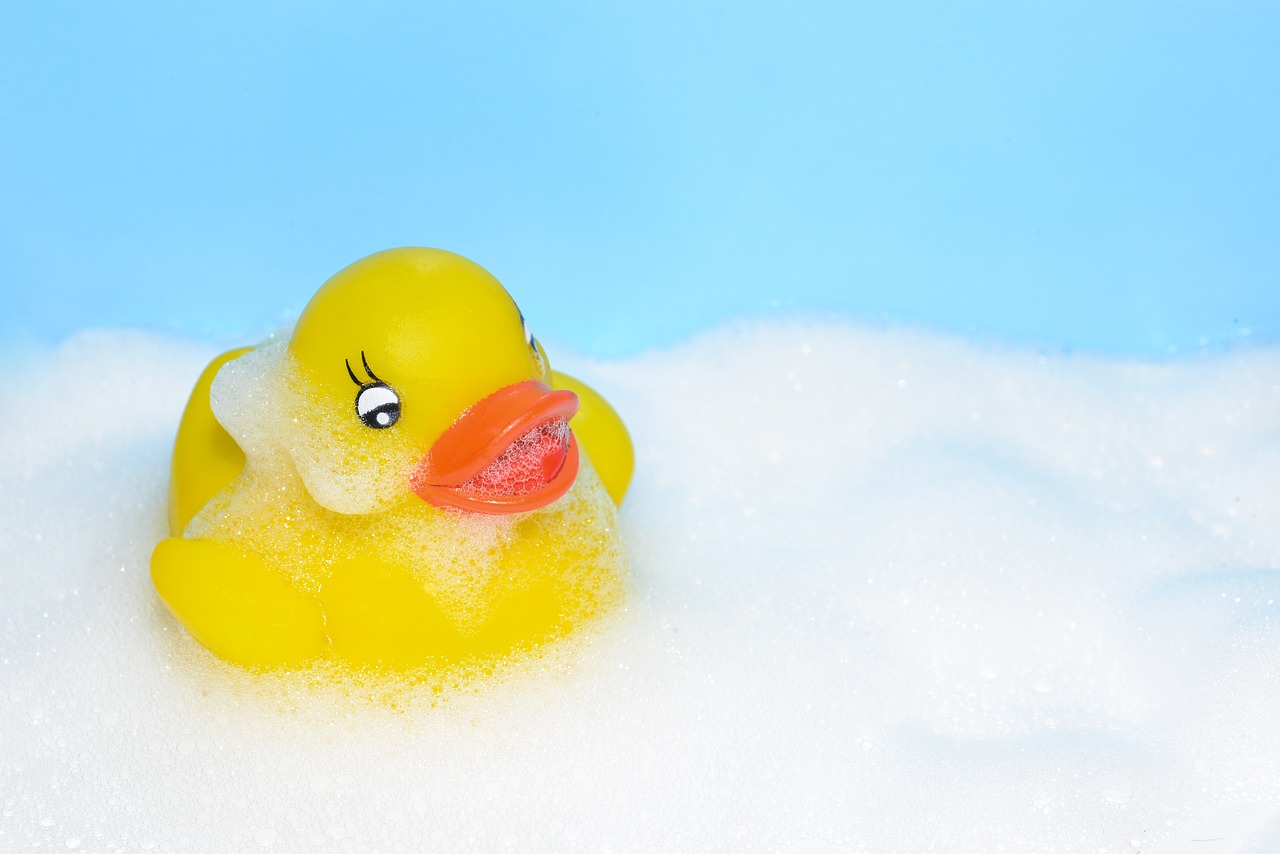At MoldGone, we know that mold can grow in many places people wouldn’t ordinarily suspect. Mold can even grow on plastic! Although mold typically will not grow on inorganic surfaces like plastic, glass, or metal, certain environmental conditions can make mold growth possible. Keep reading to learn more about how and when mold can grow on plastic.
Where Can Mold Grow?
Mold can grow on most surfaces, especially porous ones like paper, tile, and carpet. Because it thrives under humid and damp conditions, it’s common to find mold wherever there’s or constant moisture, like in a bathroom or in the refrigerator.
Mold tends to thrive in warm, damp, humid environments. Most mold cannot grow at temperatures below 40° F, so you won’t find any in your freezer. Mold also needs oxygen and food to survive. It can grow anywhere that it has an oxygen supply as well as organic materials that it can digest.
Typically, mold can not grow on glass, metal, or concrete because they are inorganic materials and there is nothing for the mold to feed on. However, if one of these surfaces has been contaminated with organic matter, mold can start to grow.
When Can Mold Grow on Plastic?
Mold can only grow on plastic under certain conditions. If the plastic is clean and sanitized, mold will not be able to grow. However, if any grease, food residue, or dirty water gets left on the plastic for an extended period of time, it could get moldy.
Take bathroom and pool toys like rubber ducks, for example. Rubber ducks have holes in their bottoms so they are able to float. Their hollowness makes them susceptible to mold growth if water gets trapped inside. The warm, humid conditions in the bathroom or at the pool will encourage further mold growth.
Mold Removal in Maricopa County
Yes, mold can grow on plastic, and it spreads quickly if the conditions are right. If you suspect that you have mold in your home or office, MoldGone can help! Our patented dry fog technology is proven to remove mold and its harmful pathogens from even the toughest of surfaces. Contact us today for a mold inspection.
About Our Dry Fog Technology
How is MoldGone’s dry fog technology different from traditional mold remediation?
Traditional mold removal often involves tearing down walls, removing furniture, and extended downtime. MoldGone’s dry fog method requires minimal demolition and allows you to keep your belongings in place, saving you time and money.
Is the dry fog treatment safe for my family and pets?
Yes. All of MoldGone’s tools and solutions are EPA-accepted for use in any building type and are FDA-approved for use around food and pets, making them safe for your entire household.
To learn more about this advanced mold remediation process, find out about this technology.
Image by Rudy and Peter Skitterians from Pixabay



